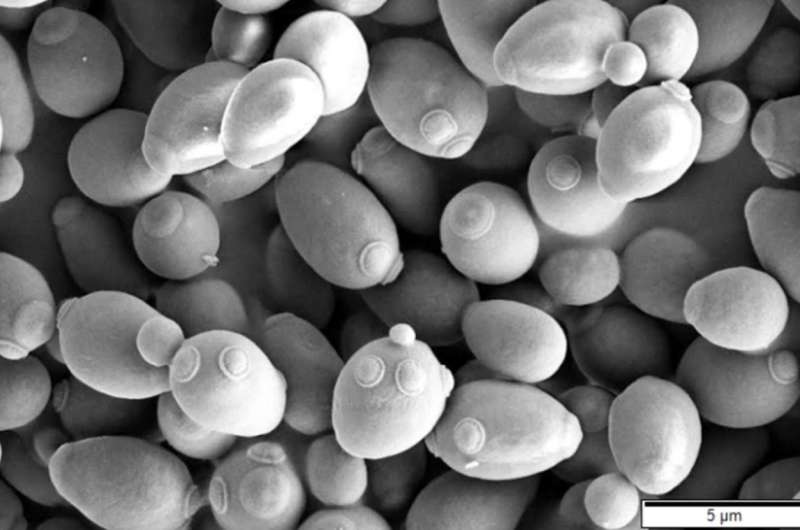Phys.org April 26, 2022
The inhibitory compounds found in hydrolysates in biomass substantially influence the performance of a cell factory and the economic feasibility of lignocellulosic biofuels and chemicals. Researchers in Sweden analyzed data on Saccharomyces cerevisiae mutants engineered for altered tolerance towards the most common inhibitors found in lignocellulosic hydrolysates: acetic acid, formic acid, furans, and phenolic compounds. The mutants included in the analysis had been shown to display increased or decreased tolerance to individual inhibitors or combinations of inhibitors found in lignocellulosic hydrolysates. Genetic engineering aimed at improving inhibitor or hydrolysate tolerance altered the specific growth rate or length of the lag phase, cell viability, and vitality, block fermentation, and decrease product yield. They showed that while successful genetic engineering is often strain and condition dependent, the conserved role of regulators, transporters, and detoxifying enzymes in inhibitor tolerance are very important. According to the researchers the compiled meta-analysis can guide future engineering attempts and aid the development of more efficient cell factories…read more. Open Access TECHNICAL ARTICLE

Saccharomyces cerevisiae, SEM image. Credit: Mogana Das Murtey and Patchamuthu Ramasamy/CC BY-SA 3.0